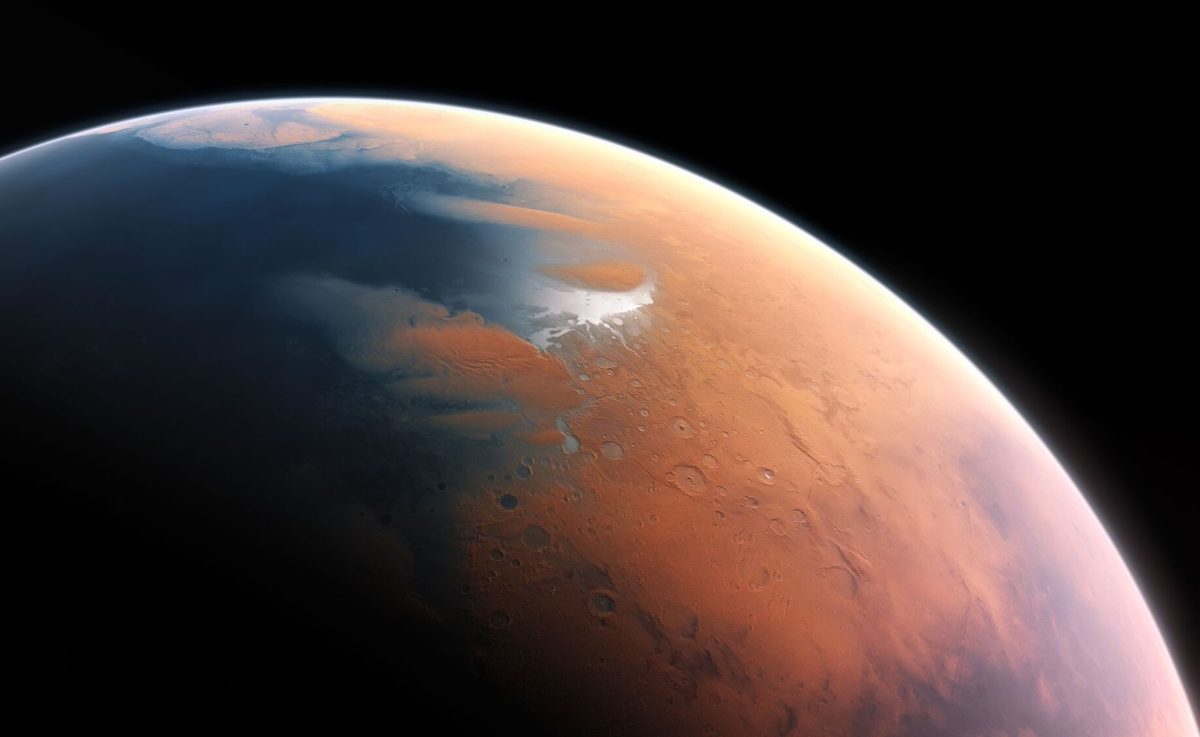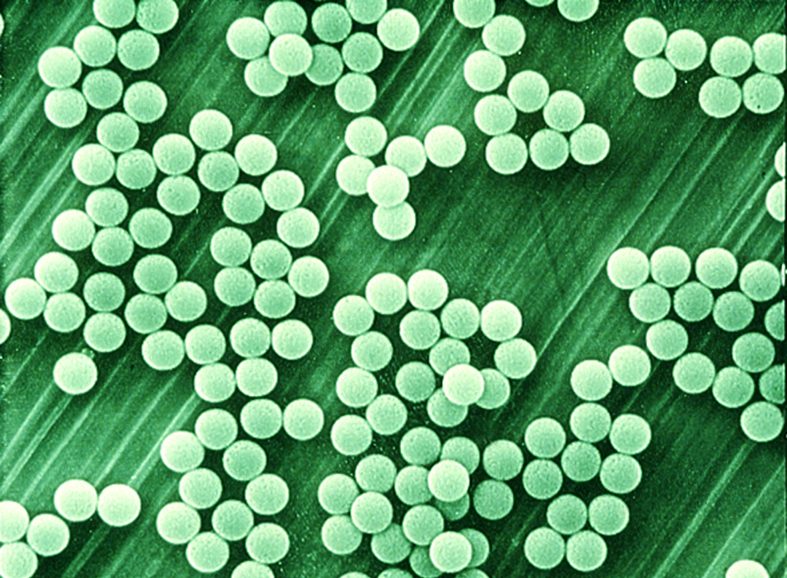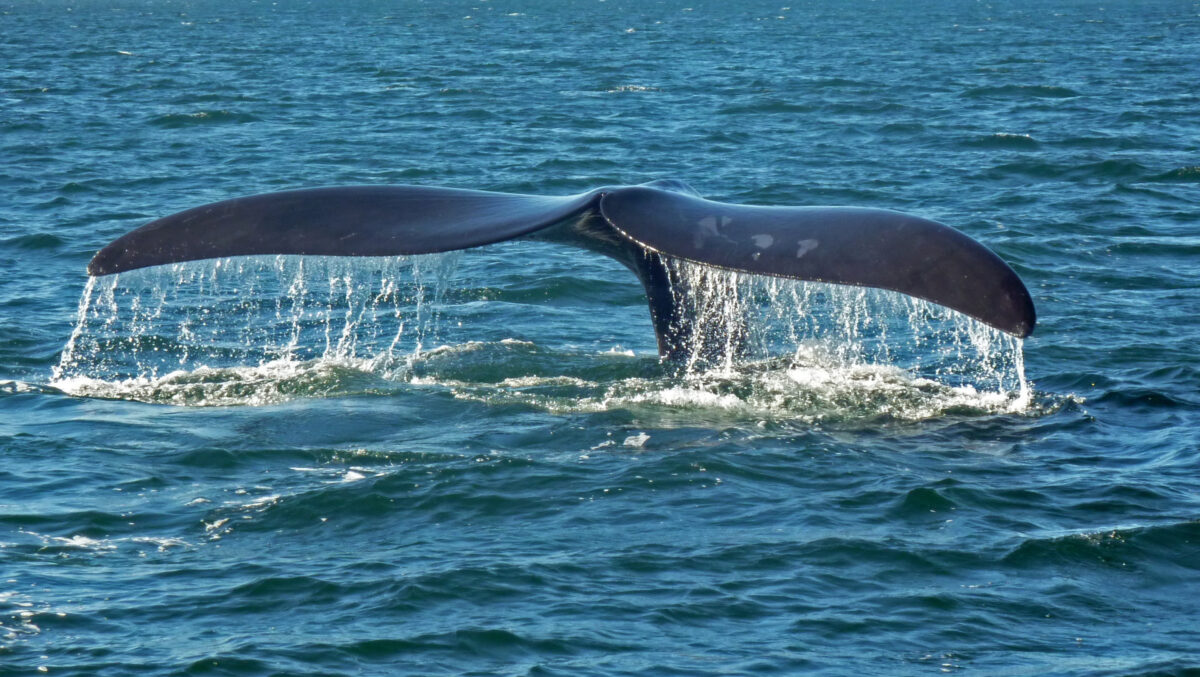“Curiosity killed the cat” is a common phrase that implies an ill fate when being curious. Fortunately for NASA’s Curiosity Rover, Curiosity discovered carbon traces on the surface of Mars. NASA’s Curiosity Rover has been exploring the surface of Mars since 2012, performing experiments with samples collected from the red planet’s surface in its nifty on board chemistry lab. This discovery of carbon is described by the rover scientists as “surprisingly weird.” On Earth, a finding trace amounts of carbon is a powerful indicator of past microbial life; however, the rugged red planet has a different set of guidelines for what qualifies as signs of life.
this discovery increases the possibility that subterranean microbes existed on the red planet and could still exist today.
Researchers working on this discovery have come up with other, nonbiological, theories that could explain why these trace amounts of carbon have been found. From stardust to ultraviolet light, these theories seem just as improbable as subterranean microorganisms producing carbon and methane gas. Christopher House, author of the study published in the Proceedings of the National Academy of Sciences, claims this discovery increases the possibility that subterranean microbes existed on the red planet and could still exist today.
In the 24 rock samples that Curiosity drilled across the Gale crater on Mars, the carbon traces were converted into methane gas in the rover’s internal lab. After this, the chemical composition of the methane gases was probed. It was found that at six of the sites probed, the amounts of carbon-12 and carbon-13 were more than 70 parts per thousand higher than Earth-based methane gas. These data came from points at the top of the Gale crater and have led scientists to develop a theory that these carbon traces were deposited billions of years ago rather than having already existed on Mars.
The Curiosity Rover has yet to find overwhelming physical evidence that carbon exists on the red planet aside from trace amounts found in select samples, but scientists have not lost hope that ancient microbial life was once present on the planet. These microorganisms may be fixed within fossil records deep in the planet’s surface. Multiple theories on how these trace amounts of carbon came to settle on Mars have been bounced around between scientists with no clear answer in sight. Curiosity’s discovery does stir excitement in the scientific community that life could have existed on the planet — and still might today.















